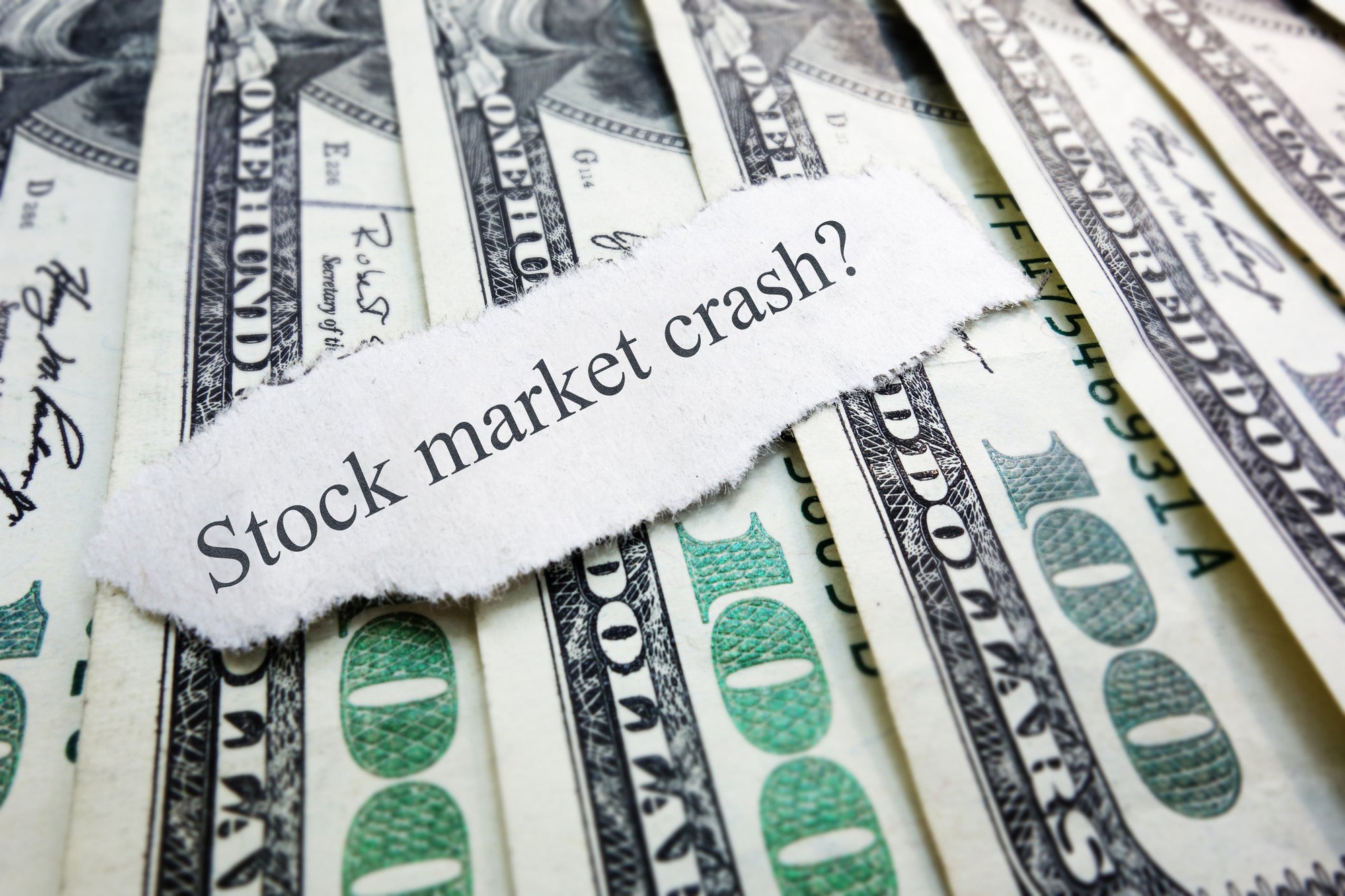Equity Investors will be able to outperform the imminent stock market crash
Accredited Investors know that the best returns on investment are achieved by investing early in a companies growth cycle.
2020 will go down in history as one of the most volatile and erratic years on the stock market with historic highs and unheard-of lows. While the US and the rest of the world continue to deal with the COVID pandemic there is both optimism and skepticism about the current state of investments.
THE COLLAPSE OF THE STOCK MARKET IS VERY REAL
Investors have enjoyed a record-breaking bounce-back rally on Wall Street since 2018. Since the nearly 125-year-old Dow Jones Industrial Average (DJINDICES:^DJI), benchmark S&P 500 (SNPINDEX:^GSPC), and technology-heavy Nasdaq Composite (NASDAQINDEX:^IXIC) hit their bear-market lows on March 23, 2020, this trio has respectively returned 83%, 87%, and 103%.
WHY WILL THE STOCK MARKET CRASH IN 2021
The stock market runs in cycles. Optimists might dislike when they rear their head on Wall Street, but the data shows that a double-digit decline has occurred in the S&P 500, on average, every 1.87 years since 1950.
The biggest threat to the market in 2021 might be historic valuation. As of May 3, the S&P 500’s Shiller price-to-earnings (P/E) ratio was 37.53. This is a measure of average inflation-adjusted earnings over the past 10 years. Not only is 37.53 more than double the average Shiller P/E for the S&P 500 since 1870, but anytime the Shiller P/E has jumped above and sustained 30 throughout history, bad things have happened. In the previous four instances where the Shiller P/E topped 30 during a continuous bull market, the S&P 500 subsequently shed between 20% and 89% of its value.
Investors have learned through experience how bad the outlook can be for the S&P 500 in the three-year period following a bear-market bottom. Since 1960, there have been nine bear markets (a decline in the S&P 500 of at least 20%). In each of the previous eight bear markets prior to the coronavirus crash, there was at least one double-digit percentage pullback within three years after the bear-market bottom was reached.
THE SIGNALS POINT TO A VERY REAL POSSIBILITY A STOCK MARKET CRASH IS COMING
Other factors stand out as potential bull-market wreckers, including the spread of coronavirus variants, increasing inflation rates, and the prospect of higher mortgage rates, which could quell a red-hot housing market.
THE COLLAPSE OF THE CRYPTO MARKETS
Crypto investing became popular again as Bitcoin jumped to $58,000, only to reverse it gains and slide 38% in 3 weeks. China is set to clamp down on their crypto mining facilities, which account for 36% of all crypto-mining on June 1st, 2021. Institutional investors will be drained from the crypto markets and there is an imminent collapse.
The recovery in crypto will take months as more regulation and environmental agencies condemn the massive crypto mining farms. Crypto mining now accounts for approx. .55% of the global power consumption.
WHY IS EQUITY INVESTING IMPORTANT
Shareholder equity or stockholder equity consists of the assets of a firm minus the company’s liabilities. It establishes the value of common stock and preferred stock owned by investors. If the company were to liquidate, it would need to pay back the debt to its creditors first and then the remaining amount would go to shareholders.
Positive shareholder equity means a company has more assets than liabilities, which suggests the company is managing the business well. If a company’s balance sheet shows negative shareholder equity, this indicates liabilities exceed assets – and shareholders should take note.
A company that holds more debt than assets could mean it’s funding new projects that require large amounts of financing, or it may imply the financial status of the business is weak. This could also point to the company’s ineffective management.
A way to measure how well a company is using its assets is with the return on equity formula, a metric found by dividing a company’s net income by shareholder equity:
ROE = Net Income / Shareholder Equity
A high ROE points to the company using its equity efficiently, while a low ROE may indicate that the business is not managing its assets efficiently. ROE adds value when used to compare companies within the same industry.
Investors who want to increase their equity should look for companies that make consistent profits that exceed expenses, or invest more money in a company by buying more shares.


